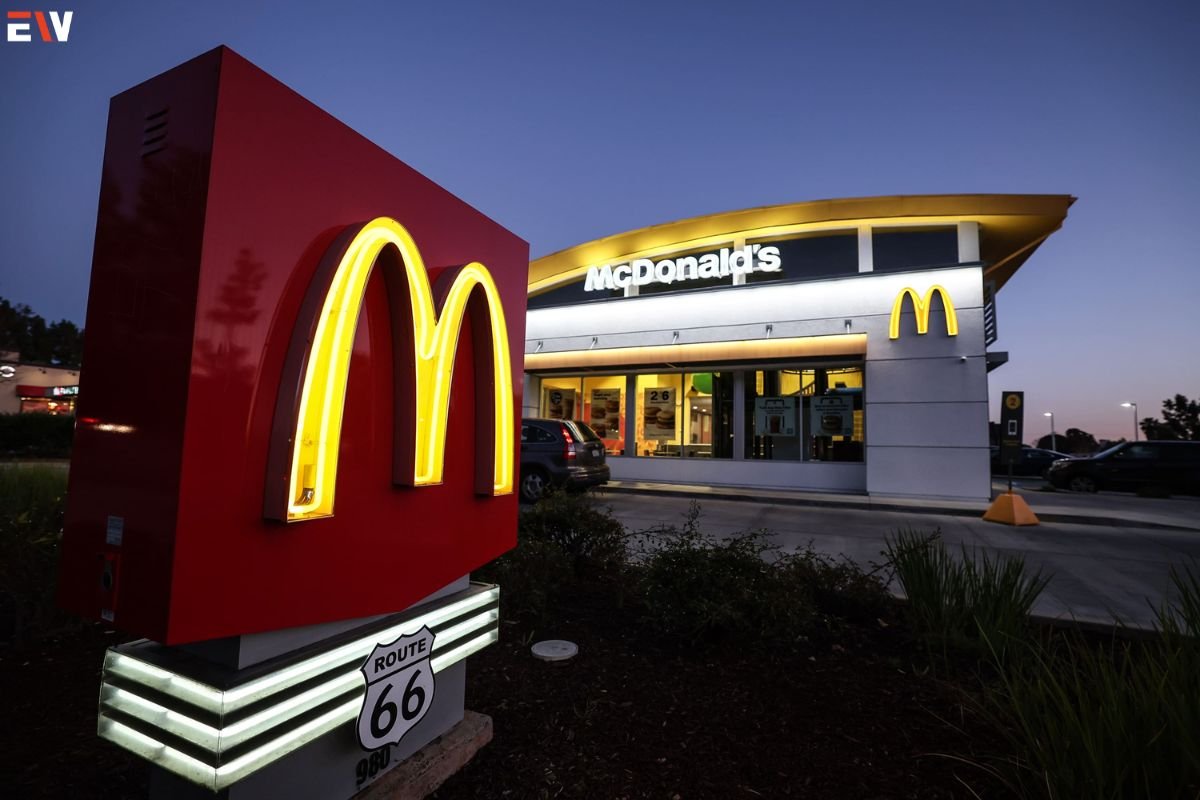Source- CNBC
Challenges Emerge Amidst Higher Prices and Intensified Competition
The long-anticipated consumer pullback has finally made its mark on the fast-food industry, with several major chains reporting shrinking same-store sales in their latest quarter earnings. Starbucks, Pizza Hut, KFC, and even stalwart McDonald’s are feeling the pressure as consumers become more selective with their spending amidst rising prices and increased competition.
Surprise Drop in Same-Store Sales
Starbucks shocked investors with a surprise drop in same-store sales, causing its shares to plummet by 17% on Wednesday. The decline was echoed by Pizza Hut and KFC, signaling a broader trend of weakened consumer demand across the fast-food sector. Even McDonald’s, known for its resilience in the face of economic downturns, acknowledged the need for a “street-fighting mentality” to compete for value-minded diners.
Economic Factors and Industry Challenges
Economists had long predicted a consumer pullback in response to higher prices and interest rates. However, it took time for fast-food chains to witness a tangible decline in sales, despite repeated warnings to investors about weakening consumer sentiment. Bad weather and tough comparisons to previous strong quarters were cited as contributing factors, but the underlying competition for a shrinking pool of customers remains a significant challenge.
Rising Costs and Changing Consumer Behavior
The cost of dining out at quick-service restaurants has outpaced eating at home, with prices for limited-service restaurants rising by 5% compared to the previous year. This trend has forced companies to adopt a “street-fighting mentality” to win over customers who are increasingly selective with their spending. Despite the overall decline, outliers like Wingstop and Chipotle Mexican Grill have experienced robust sales growth, highlighting the importance of catering to changing consumer preferences.
Optimistic Outlook and Strategic Responses
Despite the current challenges, executives remain optimistic about the industry’s resilience and potential for recovery. Companies like McDonald’s and Yum Brands are focusing on value-oriented menus to attract thrifty customers while investing in technology and marketing initiatives to drive sales. However, franchisee concerns and intensified competition could pose additional hurdles in the path to recovery.
As fast-food chains navigate the evolving landscape of consumer behavior and economic uncertainty, strategic adaptation and innovative approaches will be key to weathering the current storm and emerging stronger in the post-pandemic era.










